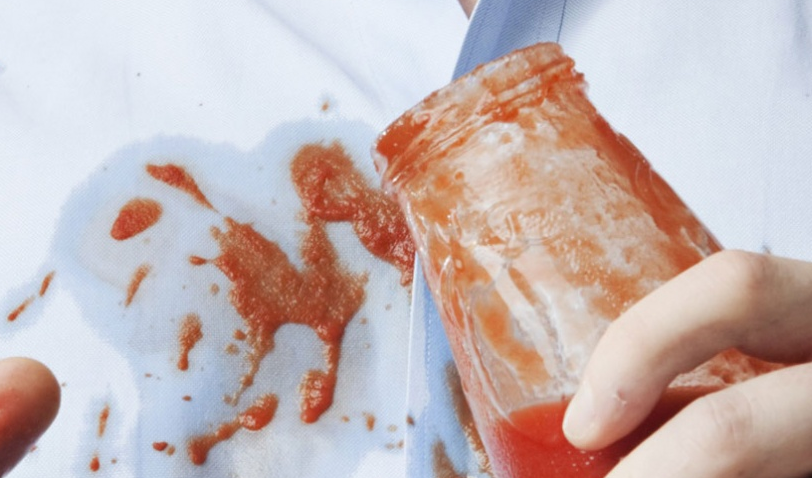How to Remove Different Kinds of Tough Stains

Stains can no doubt be embarrassing especially if you are in the public glare. Imagine showing up at an interview or a public speaking gig only to realize that the collar of your white shirt is visibly stained with red oil. It can also cause permanent discolouration if not removed on time. Since we cannot entirely avoid stains, it is a good idea to understand different kinds of stains and how to handle them.
Pre-treating is the best and easiest way to remove stains. So as you sort your garments for laundry or drycleaning, be on the lookout for stained items; A trip through the washer and dryer can turn a dribble of salad dressing into a permanent addition to a blouse if it’s not treated first.
Different stains require different pretreatment methods. Here are some of the most common stain problems and how to pre-treat them:
Oily stains
Salad dressing, lipstick and auto grease create oily stains on clothing, and so does your neck on the inside of a shirt collar. To treat collar rings and oily stains, apply liquid detergent directly to the soiled area. Allow the item to stand for 15 minutes before laundering. The detergent will loosen and dissolve the soil so that it can be lifted away in the wash.
Protein stains
When a baby spits up on your shoulder, you’ve got a protein stain. Blood, milk and dairy products, and most body soil contain organic matter that will harden and set over time or when exposed to hot water. Soak protein stains in cold water for at least 30 minutes before laundering. A tip from the nursing profession: Stubborn, dried-on blood stains may be removed by applying a 3 percent hydrogen-peroxide solution to the stain, but pretest fabric for color-fastness.
Tannin stains
Tannin puts the pucker in your tea and permanent color on your clothing if you spill it. Wine, coffee, tea, soft drinks, fruits and fruit juices commonly cause tannin stains. Pre-treat them by soaking in cold water, then wash in the hottest temperature appropriate for the garment.
Dye stains
Lying down on the grass during a family picnic can result in you getting up with a grass-green dye stain. Foods with strong colors, such as blueberries or mustard, create dye stains. So does direct transfer from fabric or leather, such as the blue cast rubbed off on white undergarments worn beneath new jeans. Pre-treat dye stains with direct application of detergent to the stained area, then wash in the hottest water appropriate for the fabric.
Make use of a Professional Dry cleaning service
For best results as far as cleaning quality and garment life span is concerned, it is highly advisable to employ the service of Professional Cleaners. Professional cleaners have a sound knowledge of your garment type and the stain removing method that is most suitable.
